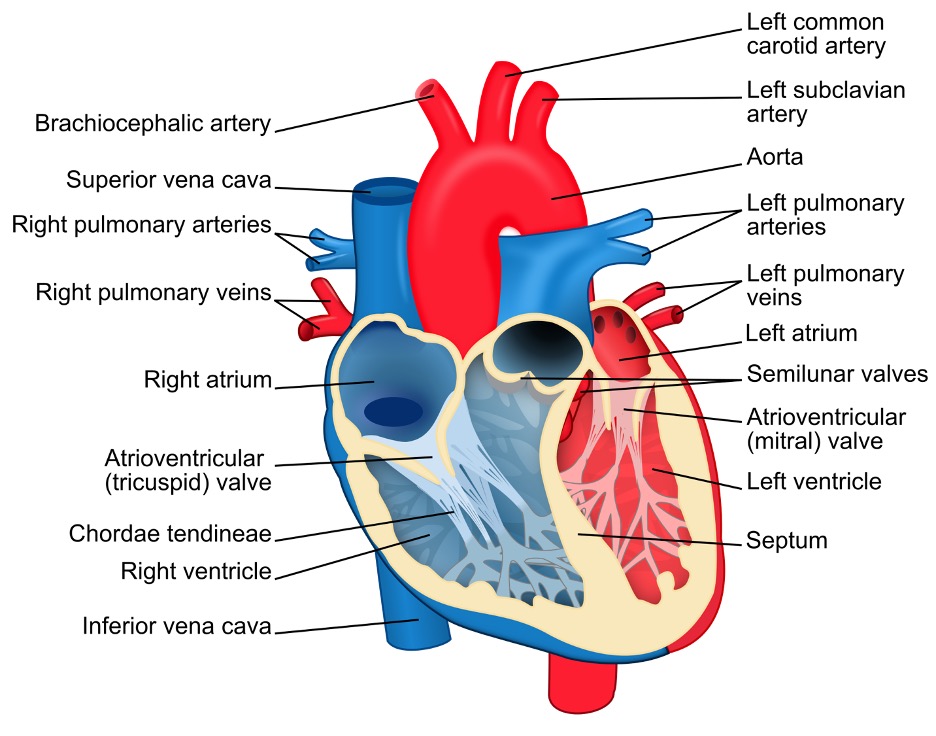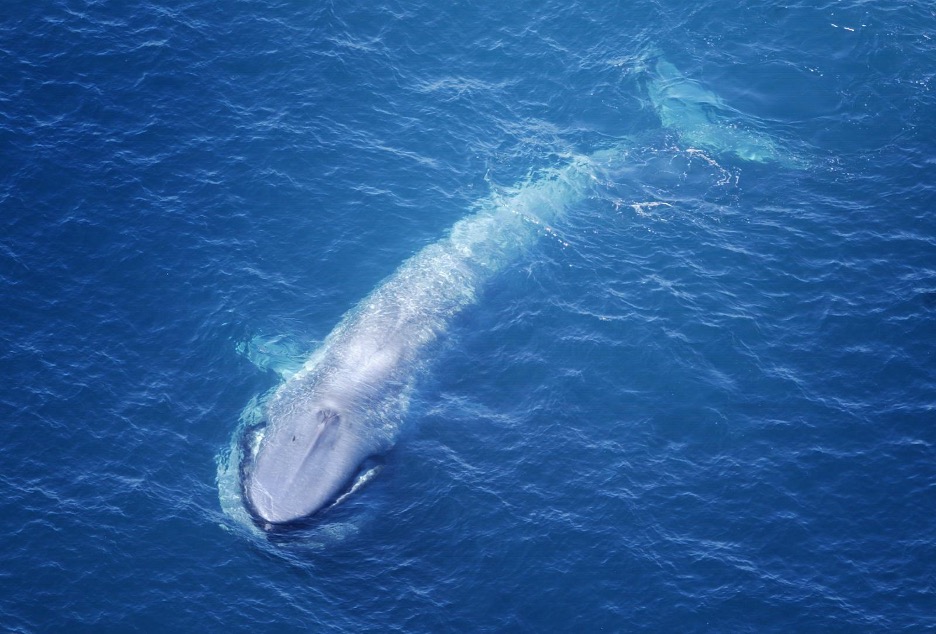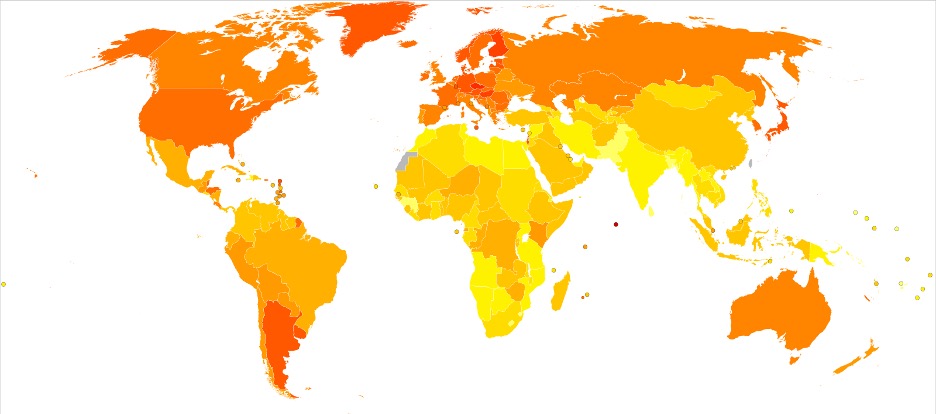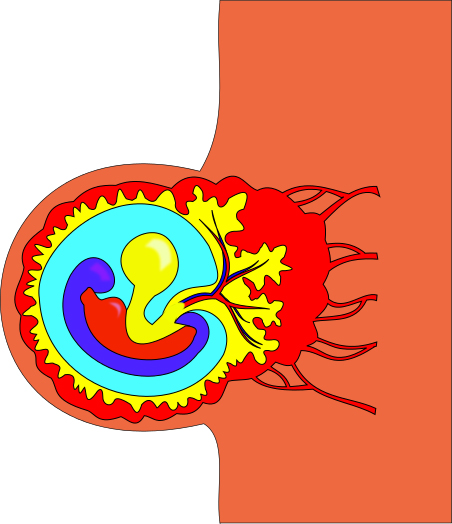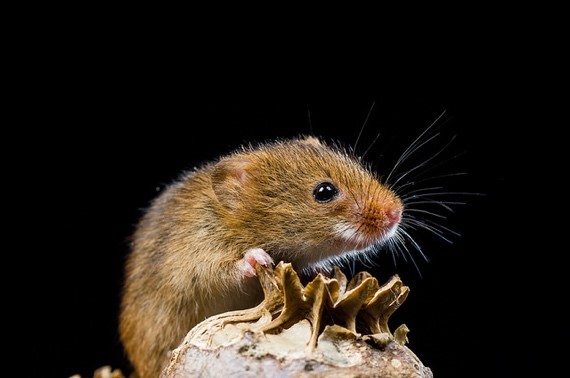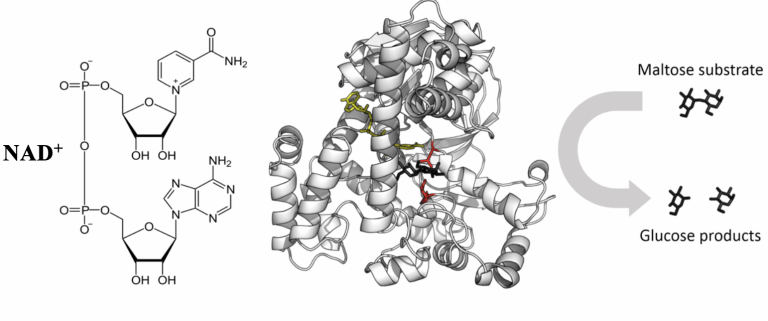Overview of Types and Uses of Moisturizer
Figure 1: The logo of a commonly used moisturizer, Cetaphil. Typically available in a cream, this lotion promises to provide lightweight, all-day hydration. Source: Wikimedia Commons Despite their frequent recommendation by dermatologists and daily use in both personal routine and medical care, relatively little time has been afforded to the scientific study of moisturizers. Doctors …


